Ludic Narrans:Drew Davidson Talks Crossmedia Communication (Part Two)
/This is the second installment of my interview with Drew Davidson, Director of the Entertainment Technology Center Pittsburgh at Carnegie Mellon University, about his recently published Crossmedia Communications textbook. In this section, we talk about dvds, games, toys, amusement park, fan culture, electronic publishing, and much much more.
I am often asked whether people really want to engage actively with entertainment properties or prefer to sit back and let the entertainment come to them. How do you address this question through your book? What insights do you offer about what might motivate a consumer used to more passive forms of entertainment to jump into these more interactive formats?
On the one hand, it's like Jesse Schell put in his recent talk at DICE
that the future is already all around us, so it's going to be hard to avoid. While Schell is not directly talking about crossmedia, I still think his point applies. More and more crossmedia experiences are already being created, so it's going to be hard to not engage just because they're around so much.
On the other hand, I think it's a matter of degree of interactivity, and some formats can serve as a gateway to more interactive ones. For instance, the DVD. The DVD lets you sit down and just watch a movie from start to finish, but there are also lots of extras you can watch that show you "making of" stories, deleted scenes, different endings, extended versions, etc. And also, some DVDs let you click a button during the movie that will play more information about the particular scene your watching. In fact, some stories have been created that can only be watched on DVD, where you're able to unravel scenes from a variety of perspectives (and that's not even addressing the types of interactive DVDs the porn industry has created).
But what's interesting about DVDs as an example is that they enable people to both passively watch and also to take a little more control of how they experience the story. Granted, it's not necessarily a robust form of interactivity, but it's one that my parents take advantage of all the time. So, it can serve as a way to introduce and entice them into more interactive formats.
Similarly, I hope that the textbook can introduce people into the phenomenon of cross-media communications and entice them to explore it more deeply. And what I like about the example of DVDs is that illustrates how this doesn't have to be an either/or situation, it can be a both/and one. People can enjoy both more passive formats, as well as more interactive ones.
When designing a crossmedia property, are we trying to design a unified experience which will be shared by most consumers or an experience which may have multiple points of entry to support a range of diverse and dispersed sets of consumers?
I think it's more toward the latter from a design perspective (and from how it's currently playing out with consumers) although I could see how the major media conglomerates would like it to become more mainstream so that more fans are participating across more media.
One of the more successful design strategies that has evolved is to have a tentpole experience around which you can create a crossmedia property. A tentpole is a major media experience that supports a lot of other smaller related media experiences. This can enable a scaffolded narrative experience with various layers, each requiring a little more effort then the tentpole. So more casual fans can enjoy the tentpole, and that could be the extent of their experience. While more dedicated fans can dig deeper and find the various related media that guide them more fully into the fictional universe. And hardcore fans can find and explore it all.
Your book talks about a range of forms of crossmedia experiences which are rarely talked about. For example, you spend part of a chapter on theme parks. So, in what ways can theme park experiences be used to extend our experience of a fictional world? What theme park attractions do the best job of expanding our experience of a property rather than simply adapting the property from one medium to another?
Theme parks can provide the opportunity to have an embodied experience within a fictional universe. In general, I think most of them are really just adaptations of a story from another medium (or stand on their own). But even so, having an embodied interaction can enhance and expand your experience with a story. Being able to feel like you're actually there in the narrative universe is something theme parks can do.
Some attractions make the most of this. The Spider-Man ride at Universal tries to give you a feeling of what it's like to be Spider-Man. And even more so, the Pirates of Caribbean ride gives us a sense of a being a pirate, and it inspired the movies (which fleshed out the narrative). And in the Battle for Buccaneer Gold ride, you got even more actively involved as you took on the role of a pirate.
Jesse Schell, who designed the ride, commented that as the design team watched people experience the ride, they noticed that everyone is really just seconds away from acting like a pirate. By inviting people to participate, the ride gave people permission to act like pirates, which enabled them to act, and feel, like a part of the fictional universe
.
You discuss toys as another kind of media extension. When are toys part of the story and when are they simply a commodification of the story?
Like theme parks, I think toys are generally just a commodification of a story. As such, they don't really add to a narrative. But in the same vein as theme parks, they can also enhance our experience of a story by enabling us to bring a part of the fictional universe into our space.
At the very least, they are little collectibles on our desks that remind us of an experience we enjoy. And some toys are more directly a part of the story. Webkinz is a good example of toys that help take you into a world. Pokemon takes this a step further with collectible cards that are part of a game, and a television show that shares tips and tricks on how to play.
Either way, a toy can serve as a representation of a narrative universe.They can extend the story into our world, helping make it feel like a part of our daily lives.
You talk about media producers "listening" to their audience. To what degree is crossmedia entertainment shaped by audience expectations and emergent forms of participation? To what degree is it shaped top-down by the commercial and creative imperatives of professional storytellers?
I think the answers to these questions are being discovered as we speak. Designers, producers and fans are figuring it out as we go. Lost is a great example of a television show with a dedicated (and vocal) group of fans, and writers that have stated publicly about how much they pay attention to their fans, and producers who have supported the show's development within this environment.
Designers and producers can use the internet to check the pulse of fan commentary as well as communicate directly with the fans. They often host their own sites with active blogs and inside scoop on how the story is progressing.
The internet also enables audiences to organize and coordinate so that they can better make themselves heard. There are influential entertainment blogs and community sites that help provide a gathering point people as well as a diversity of websites for, and by, fans that focus on specific crossmedia experiences.
Granted, they can only have so much influence, but it's not insignificant. Fans of the quickly cancelled Firefly television show rallied to try and save the show. While they weren't able to keep the show alive, they were able to rally enough support to help the movie Serenity get made.
And then there's the great example of Lost Zombies which started as a zombie documentary being generated by the community, and has evolved to incorporate
a bunch of different media. People are able to get directly involved in the Lost Zombies experience from A to Z.
And so, I think the ad-hoc back and forth is evolving into a more coordinated dance between all the parties involved, and the experiences of fictional universes are evolving with them.
Near the end of the book, you raise the issue of "too much content." Is it possible for crossmedia producers to generate so much content that it smothers fan participation?
There's a finite variable involved, which is the time that we can commit to all of these experiences. Particularly if you consider crossmedia experiences that have serialized television shows as the tentpole for everything else. But even without that, these experiences can demand a lot of time commitment from the fans, so it would be tricky to get fully involved with a bunch of crossmedia narratives all at once.
This gets back to the idea of how crossmedia experiences can be designed around tentpoles. I think it's fair to say that most people, have time to engage with several tentpole experiences. And the rest of the crossmedia opportunities can be found by more passionate fans who want to spend more time with a particular fictional universe. So, it seems that across a fan's mediascape there would be some tentpoles as well as various layers of crossmedia engagement for select fictional universes they really enjoy.
This also gets back to the idea of how content producers should listen to their audiences. If there is a good synergy amongst all the participants, there should be enough content for fans who want it. If not, there can be too much (or too little even). An example of too much can be found with the Flash Forward television show. The producers tried to jump start fan participation by having short interstitial "ads" telling viewers that certain weird moments in the show were important. So instead of allowing
fans to develop and explore more freely, it felt like they were trying to force feed a deeper interest level from the start.
For as much planning at it takes to create crossmedia narratives, the audience will become fans on their own terms and in their own time. So, I think turning a firehouse of content onto an audience can smother deeper participation. By doling content out more discreetly, you can entice fans to take the time to dig deeper into the fictional universe.
You built a dvd that accompanies the book. What does it contribute to our understanding of crossmedia? To what degree does it put the book's ideas
into action?
The purpose of the DVD-ROM is to enable students to put the ideas in the book into action. This happens in a couple of ways. First of all, there are a lot of media examples on the DVD-ROM (images, short videos and music). The media was created by students and interns at the Entertainment Technology Center at Carnegie Mellon.
Then, I collaborated with Alice Robison who helped go through the textbook and create objectives and questions for each chapter as well as a semester-long student project that connects the ideas in the book with the media on the DVD-ROM, so that students can actively practice how to design and develop a crossmedia experience and explore all the issues and concepts involved.
Also, crossmedia is put into play in the book itself. Two gifted artists, Angela Love and Eun Jung Lee, created images to relate to the content in each chapter. Angela did interpretative illustrations and Eun Jung created information graphics. In both cases, the imagery is another way into the topics covered in the text. This gives students the opportunity to see and discuss how images can relate to, and enhance, words.
Building on this, each chapter has perspectives shared from different professionals in the field. Over thirty experts shared their thoughts and ideas about crossmedia. This helps to expose students to various points of view on the topics found throughout the book.
Considering all of the above, this crossmedia textbook project was truly realized through the expertise and efforts of a talented interdisciplinary group of people. I think it all came together well and helps make the textbook and accompanying DVD-ROM a solid overview of crossmedia communications.
Tell us a bit more about ETC. press and what you are trying to achieve with this publishing venture?
Well for those who don't know, ETC Press is a small experimental academic publishing imprint that I helped start at CMU in 2008. We're interested in exploring and expanding the notion of publishing. Authors retain ownership of their intellectual property and all of our titles are released under Creative Commons licenses. You can see more about our mission and our titles
at: http://etc.cmu.edu/etcpress/
I think one of our main goals is to enable the sharing of ideas and to help influence discussion around topics related to entertainment technologies. So we work hard to make our texts as available as possible. We have our titles priced as inexpensively as possible, while also offering free digital downloads, along with versions on our website as well as through various formats and web archive sites to help share them as far and wide as possible.
We're also really interested in playing around and across multiple media and having multiple versions of texts. We're interested in crossmedia communications and encourage and support projects that are willing to experiment with the participatory nature of content creation and academic discourse. So, we invite people to play with us.
Drew Davidson is a professor, producer and player of interactive media. His background spans academic, industry and professional worlds and he is interested in stories across texts, comics, games and other media. He is the Director of the Entertainment Technology Center Pittsburgh at Carnegie Mellon University and the Editor of ETC Press. He completed his Ph.D. in Communication Studies at the University of Texas at Austin. Prior to that, he received a B.A. and M.A. in Communications Studies at the University of North Carolina at Chapel Hill. He chaired Game Art & Design and Interactive Media Design at the Art Institute of Pittsburgh and the Art Institute Online and has taught and researched at several universities. He consults for a variety of companies, institutions and organizations and was a Senior Project Manager in the New Media Division of Holt, Rinehart and Winston. He was also a Project Manager in Learning Services at Sapient, and before that he produced interactive media at HumanCode. He helped create the Sandbox Symposium, an ACM SIGGRAPH conference on video games and served on the IGDA Education SIG. He works with SIGGRAPH on games and interactive media and serves on the ACTlab Steering Committee, and many review boards and jury panels. He founded the Applied Media & Simulation Games Center at Indiana University of Pennsylvania. He is the lead on several MacArthur Digital Media and Learning Initiative grants and has written and edited books, journals, articles and essays on narratives across media, serious games, analyzing gameplay, and cross-media communication.

![Reblog this post [with Zemanta]](http://img.zemanta.com/reblog_e.png?x-id=11925d4d-81de-459a-914c-3f4c87c8c3b5)
![Reblog this post [with Zemanta]](http://img.zemanta.com/reblog_e.png?x-id=df5da5da-e80b-48d2-aa66-39488916b917)
![Reblog this post [with Zemanta]](http://img.zemanta.com/reblog_e.png?x-id=65aecda8-b7f1-46a4-9b80-8b947160dda3)
![Reblog this post [with Zemanta]](http://img.zemanta.com/reblog_e.png?x-id=2e5cc314-2014-425c-9b02-88316f0d9544)
![Reblog this post [with Zemanta]](http://img.zemanta.com/reblog_e.png?x-id=54f406ee-808d-4a0a-a566-290e1559aa88)
![Reblog this post [with Zemanta]](http://img.zemanta.com/reblog_e.png?x-id=5991de4b-9093-40d1-8312-7ba5dd59b045)

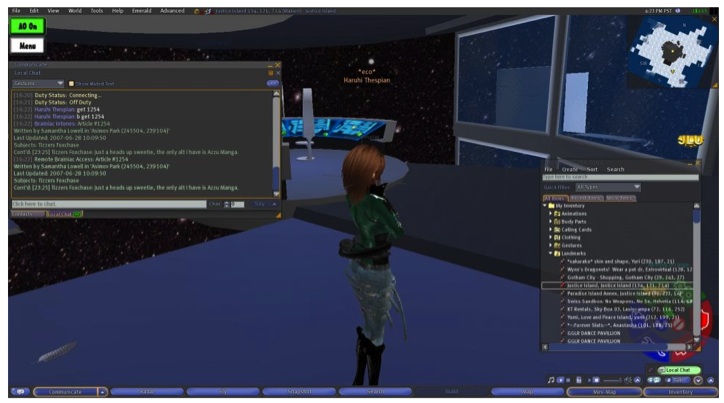

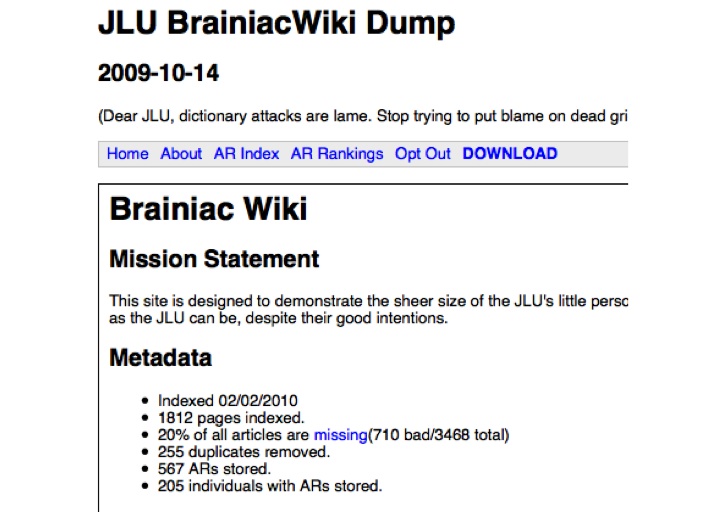

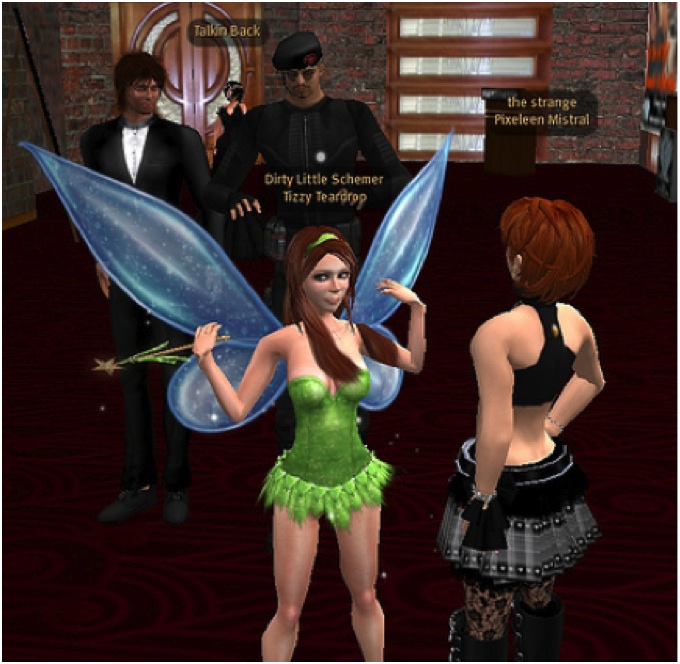
![Reblog this post [with Zemanta]](http://img.zemanta.com/reblog_e.png?x-id=185a3a03-6241-46e9-8e94-94f87355ac95)
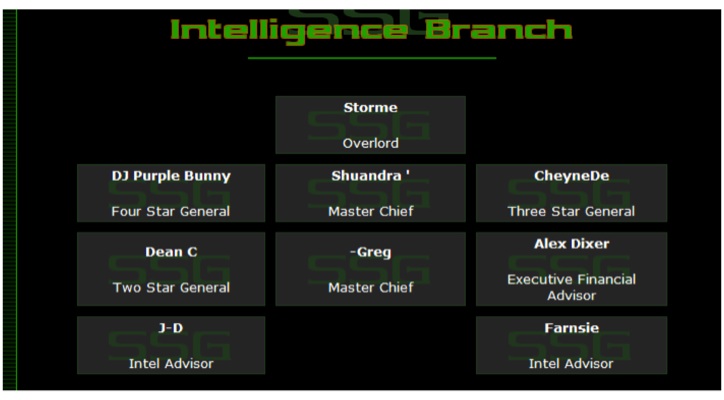
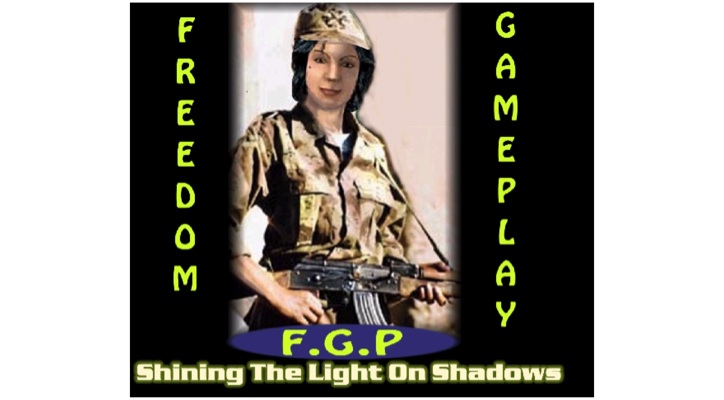
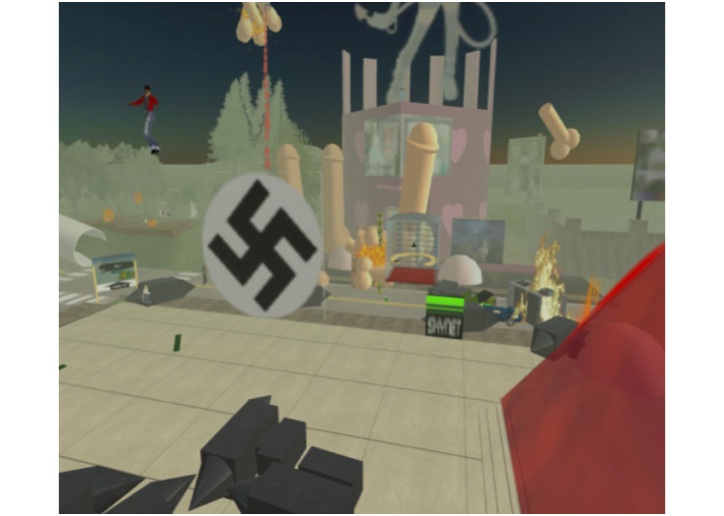

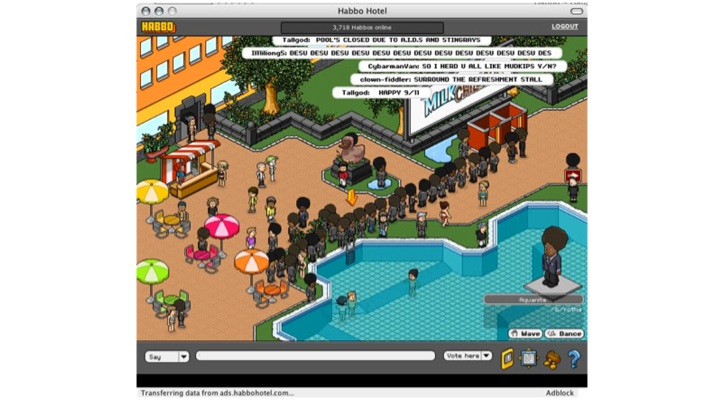
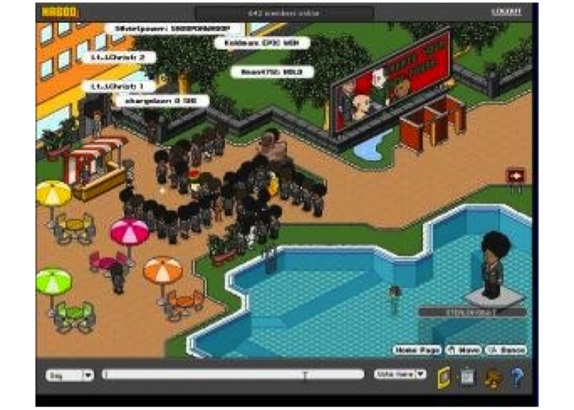
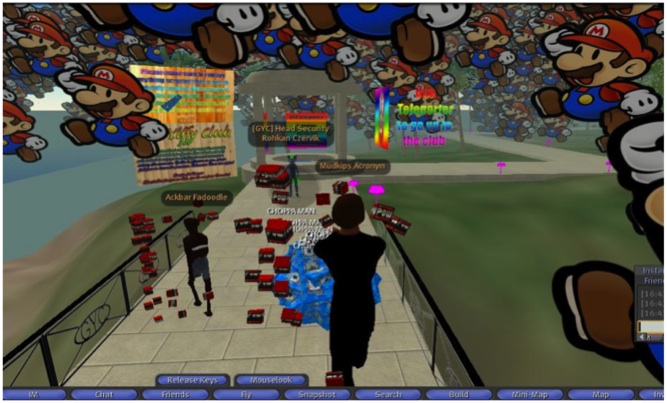

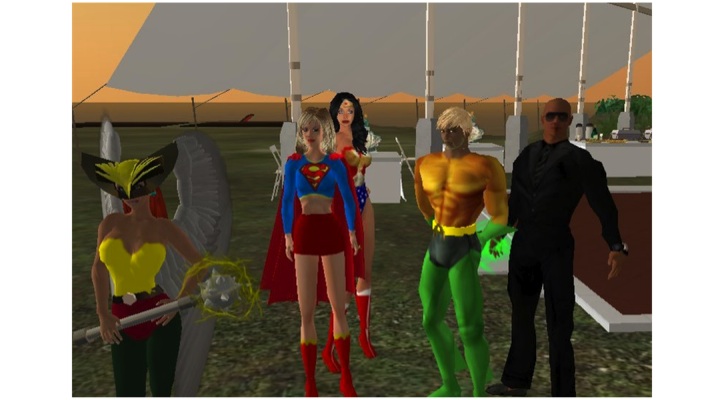
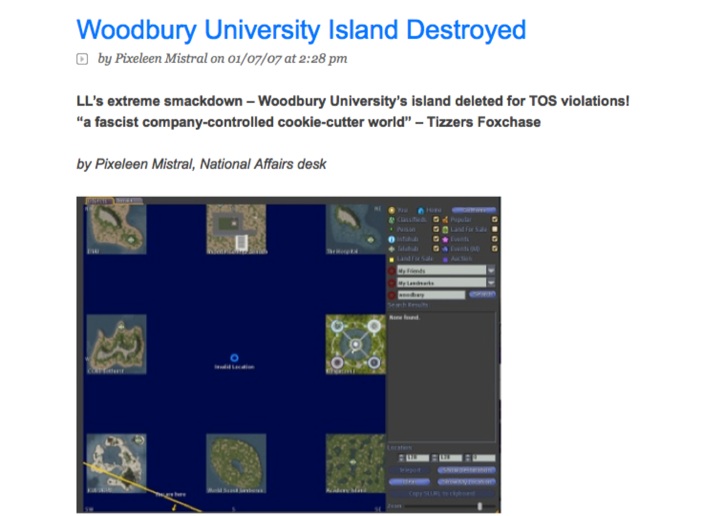
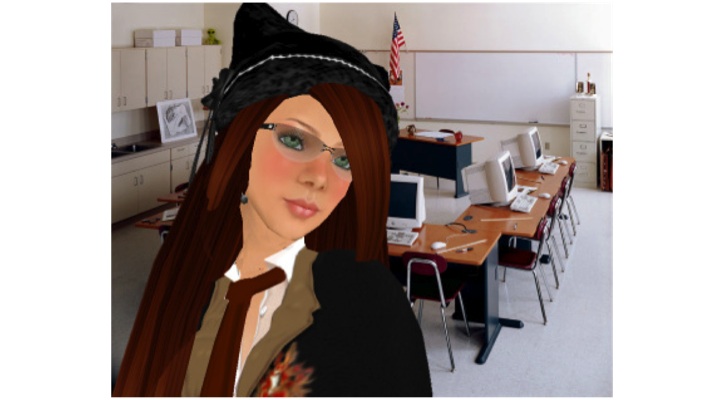
![Reblog this post [with Zemanta]](http://img.zemanta.com/reblog_e.png?x-id=6fd8f73b-d54f-4ef7-a896-4ffeb2a19c56)
![Reblog this post [with Zemanta]](http://img.zemanta.com/reblog_e.png?x-id=5a4fe068-df48-4328-9c24-9e2cc10f3fde)
![Reblog this post [with Zemanta]](http://img.zemanta.com/reblog_e.png?x-id=740a4070-74a1-4660-aab4-75a575e1dc7d)
![Reblog this post [with Zemanta]](http://img.zemanta.com/reblog_e.png?x-id=087f98fa-da40-4fc1-802f-3d0dcc894eca)
























